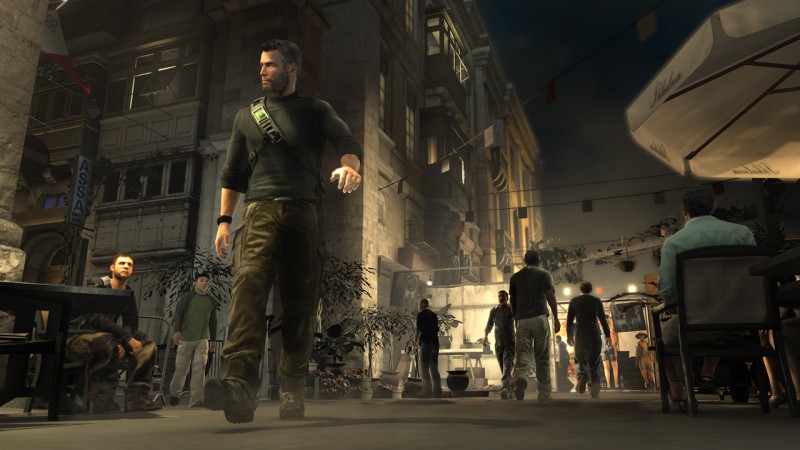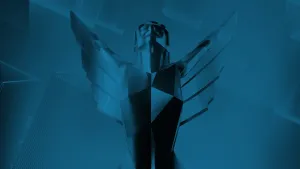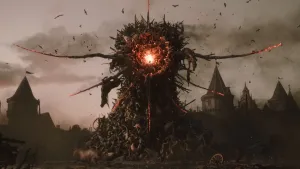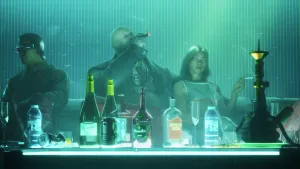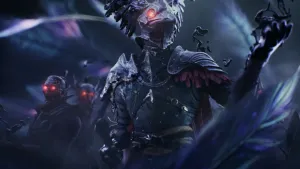Splinter Cell: Conviction
No perfect formula exists for making a great game. Even a game from
an established studio with solid concepts can sometimes turn flat
during development. Sometimes to do a project right, you need a little
extra time. Splinter Cell: Conviction went through such a trial, but it
looks like the extra incubation time was well spent, because the game
emerged at this year’s E3 looking like one of the most polished titles
of the show.
In 2006’s Double Agent, Sam Fisher’s only
daughter was killed by a drunk driver. In Conviction, new evidence
surfaces that leads Sam to believe that Sarah was killed as part of a
more elaborate government plot. The game starts with Sam looking for
clues, hot on the trail of an arms dealer named Andre Kobin.
From
the get-go, it’s obvious that Conviction is focused on delivering a
brutal and fast-paced gameplay experience. The demo starts with Sam
kicking one of Kobin’s enforcers into a public bathroom’s urinal. The
other men in the room scatter as Sam’s opponent draws a gun, but Sam is
faster than the man’s trigger finger and wrenches the man’s arm into an
awkward angle. The stray bullet chunks into a nearby wall. A man on a
toilet fumbles for his trousers as Sam throws the goon against the
stall’s wooden door. In Conviction, most areas feel alive with
activity. But Sam is focused on the man in front of him. His hand wraps
around his victim’s throat as he barks, “Who killed my daughter?”
Sam’s
gone rogue. He doesn’t have friends back at Third Echelon chirping in
his ear anymore. In order to give players all the relevant information
they’ll need, Ubisoft devised a novel projection system. As Sam
interrogates his victim, several pictures of Kolbin flash across the
walls of the bathroom. These are visual representations of the thoughts
going through each character’s head. This projection trick is used
throughout the game to direct players through the levels, provide
contextual flashbacks, and accentuate dramatic moments.
Once Sam
has the information he needs, he throws the man’s face through a
porcelain sink, and we get to see how smoothly Conviction transitions
from one scene to the next. The camera zooms in on the blood in the
sink. With a snap it zooms back out, but now we’re looking at a
painting inside an art gallery. The camera continues to zoom out,
passing backwards through a keyhole until we see the outside of the
building. This is Kobin’s mansion. The camera winds past several
guards, down a nearby city street, and around a dark alley where we see
Sam step into view and the controls are back in the players’ hands. The
whole transition flashes by in a matter of moments, masking the game’s
loads better than the elite super spy himself.
Being a lone
wolf, Sam no longer has easy access to many high-end government
weapons. However, he’s still a formidable opponent thanks to a few
handy spy tricks. One new feature, called Last Known Position, displays
a shadow in the last position where Sam was seen. While enemies are
focused on his former location, Sam can sneak up behind guards and take
them out with a variety of close combat takedowns. These hand-to-hand
maneuvers earn Sam the opportunity to mark and execute targets. With
this skill, Sam can queue up targets then execute them in quick
succession. We see Sam look under a door, marking a light and a guard.
After hitting the execute button, he kicks down the door and shoots out
both targets in a matter of seconds.
Let’s just hope Sam doesn’t
sneak past his fall release, because we’ve been waiting long enough to
play what’s looking like one of the best games of the year.
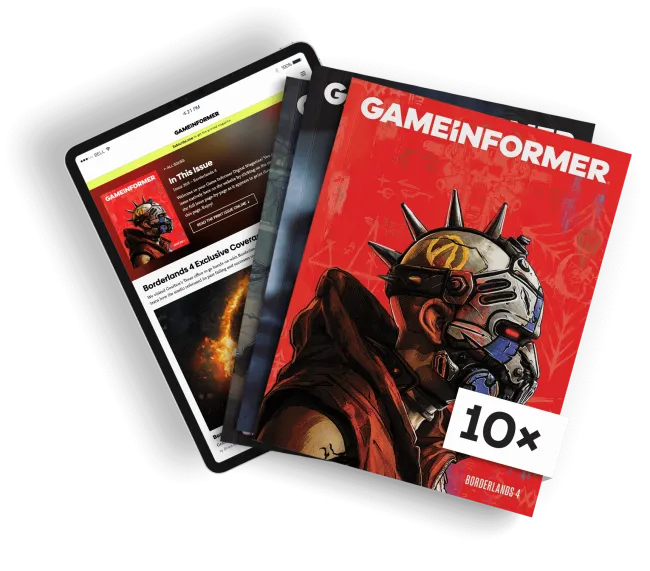
Get the Game Informer Print Edition!
Explore your favorite games in premium print format, delivered to your door.
- 10 issues per year
- Only $4.80 per issue
- Full digital magazine archive access
- Since 1991
